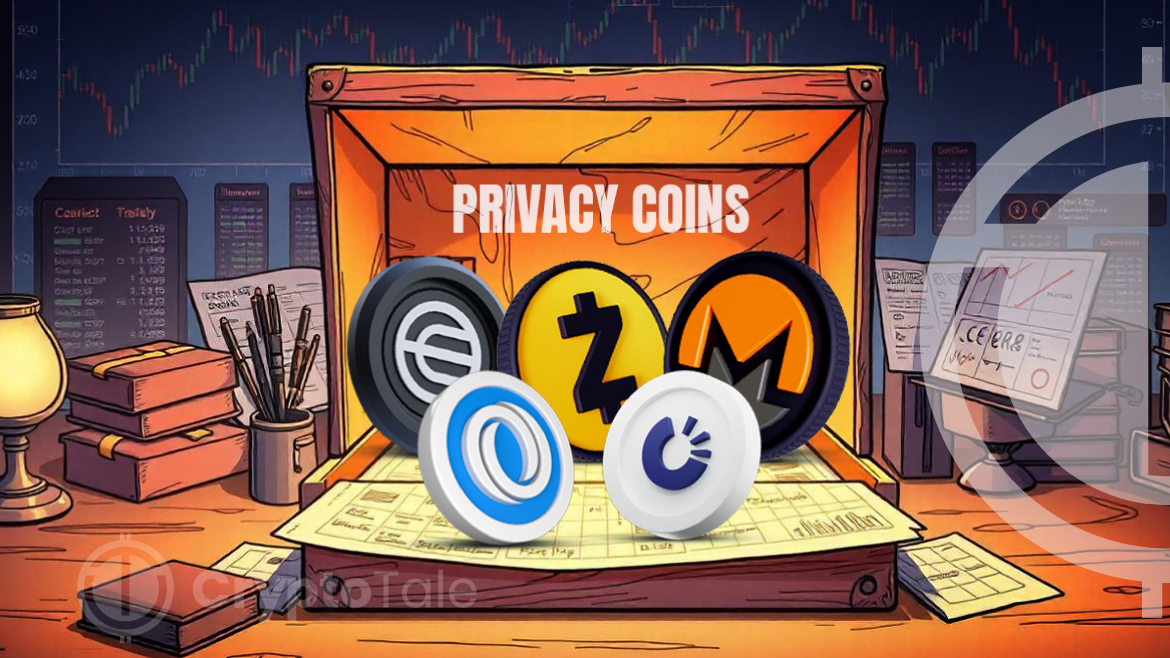Utility tokens are the digital version of discount coupons on the blockchain ecosystem. The main functionality of these tokens is to provide access and discounted prices for the products that are available on the native blockchain. These tokens can be generally acquired through ICOs and IDOs. It is important to note that Utility Tokens come under the category of Functional Tokens which are responsible for performing different actions on blockchain platform.
What are Utility Tokens?
“Utility tokens” are one of many tokens that are available on a blockchain network that has a specific functionality within the crypto environment. The primary purpose of utility token is to provide access for its purchasers to specific premium products and services of the platform or DApps.
Examples of Utility Token:
Basic Attention Token (BAT)
BAT was launched in the year 2017 in its home browser “Brave” which was previously launched in the year 2015 to better organize the ads that are featured in the web pages. Advertising is the main use case of BAT, users of “Brave” interface will be rewarded with BATs in exchange for viewing an advertisement in the browser.
Golem Network Token (GNT)
Golem Network’s primary functionality lies in the service of computational energy or resource providers. The crowdfunding for GNT was conducted on November 11, 2016, and reached its target within 29 minutes.
GNT was launched in the year 2016 to operate within the ecosystem of Golem network facilitating transactions and incentivizing participation. Service fee to the Golem network is paid through GNTs which enables the access for the computational power and services such as cryptocurrency mining and CGI rendering.
To better understand the nature and the concept of utility tokens, it is important for an individual to understand the concept of tokens and their types clearly and comprehensively.
Types of Tokens:
A token is a represenation of digital assets that has been tokenized on a pre-existing blockchain network. They inherit a store value which will enable the investors to make purchases in the crypto world.
Depending upon their nature, tokens are classified into four main categories
- Functional Tokens: (Utility Tokens, Governance Tokens, Asset-backed tokens, Exchange Tokens)
- Investment Tokens: (Security Tokens, Equity Tokens (Subset of Security Tokens))
- Value-Stable Tokens: (Stable Coins)
- Unique Tokens ( NFT’s)
- Functional Tokens:
As the name appropriately suggests these tokens are created to perform certain role in the blockchain platforms. Examples of “Functional Tokens” include Utility Tokens and Asset backed Tokens which are commonly used for distinct actions that can be carried out on the blockchain. Advertising, protocol governance, staking of tokens are some of the uses of functional tokens.
Investment Tokens:
Investment Tokens are the digital forms of bonds, shares, and ownership aspects of the real world therefore they inherently imply the application of them in the fiat economy. They are used to provide Investor access to buy and sell digital securities.
Value Stable Tokens:
They are the digital equivalent of real-world money within a legal and economic jurisdiction of a country. It is launched to mainly provide stability to the value of crypto currencies which are highly volatile and they are usually pegged to a country’s fiat currency. USDC is an example of stablecoin which is fully backed by highly liquid cash and cash-equivalent assets and is redeemable 1:1 for US dollars.
Review on USDC: A Stablecoin Bridging Crypto and US DollarUnique Tokens:
Unique Tokens or Non-Fungible Tokens (NFTs) symbolize the ownership of digital assets and cannot be exchanged on a one-one basis due to their unique characteristics. CryptoPunks, Beeple, and Pudgy Penguins are the most common examples of NFTs.
Utility Tokens Vs Security Tokens:
Utility tokens is used to obtain different services and products from specific blockchain platforms. On the other hand, security tokens is a symbolism of real-world assets digitally. Security tokens are linked to the underlying asset they represent, much like traditional stocks or bonds.
The primary distinctions between utility tokens and security tokens stem from their purpose, valuation, and regulatory treatment. Security tokens function as contracts, granting holders a share or ownership interest in the issuing company or entity. On the other hand, utility tokens do not confer any ownership rights, nor do they offer a return on investment. Additionally, utility tokens are not tied to the asset’s current valuation.
To Wrap Up
Utility tokens serve to encourage user engagement on a platform and help fuel the network’s operations. Utility and security tokens each offer distinct characteristics and potential advantages. The decision to invest in either type depends on a person’s objectives, risk appetite, and knowledge of the cryptocurrency landscape.












